Homeowners interested in using a pellet stove for home heating must understand its electricity consumption levels. The operation of pellet stoves requires electrical power that runs through fans along with augers and electronic controls. Along with heating your space, does the pellet stove elevate your electricity utility bill rates? These heating devices need power to operate, but their total energy demand remains lower than that of alternative heating systems.
In this article, we'll break down how much electricity a pellet stove typically uses, what factors can affect its power consumption, and whether it’s an efficient choice for your home. Whether you’re looking to save on heating costs or just want to understand the numbers, we’ve got you covered. Let’s dive in!
What Is a Pellet Stove and How Does it Work?
A pellet stove is a heating appliance that burns wood or biomass pellets to generate heat. It is designed to provide efficient and clean combustion, offering an alternative to a conventional wood stove, a fireplace, or electric heaters.
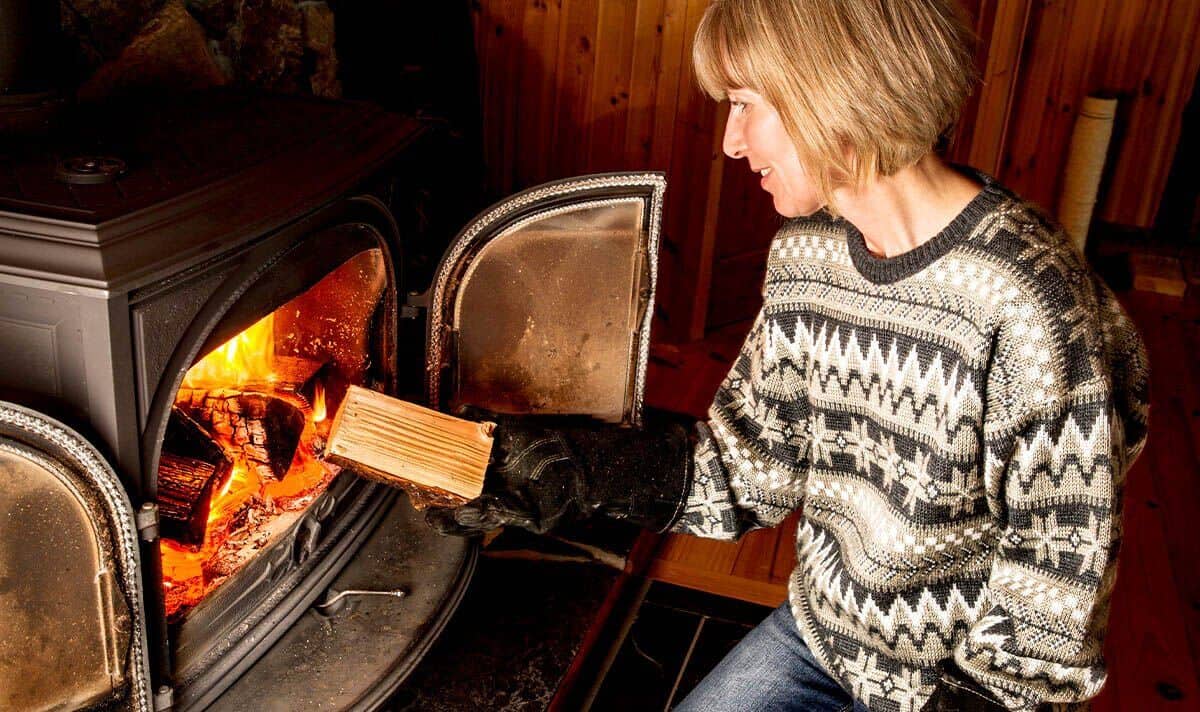
Image credit: express.co.uk
Pellet stoves contain three main components: the combustion chamber alone, a pellet storage hopper, a feeding system, and heat distribution mechanisms that use fans or blowers. Pellet manufacturers produce small cylindrical pieces by compacting different biomass materials, including sawdust, wood chips, and agricultural waste, to create pellets as a final product. The manufacturing process involves moisture subtraction followed by material combination, which leads to high-pressure material binding.
The pellet stove enables the pellet feeding process through the combustion chamber before igniting and creating heat. The generated heat is distributed by either a fan or a blower system across an entire room or throughout the entire house.
How Much Electricity Does a Pellet Stove Use?
The amount of electricity a pellet stove uses can vary depending on the stove's size, model, efficiency, and usage patterns. Let's explore the technical aspects related to the electricity consumption of a pellet stove.
1. Ignition and Startup
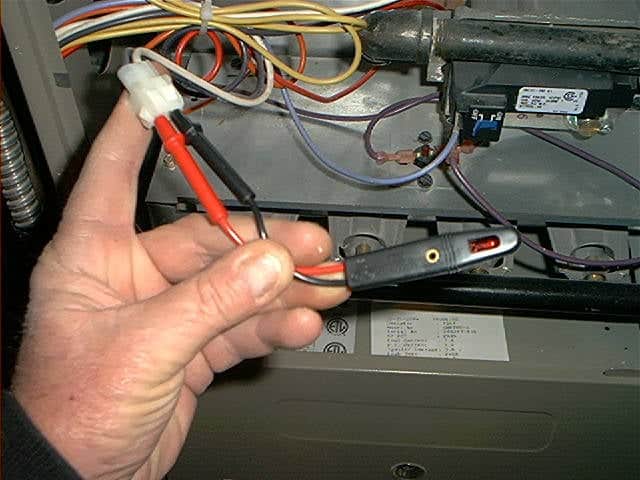
Image credit: 5shopai.space
Starting a pellet stove requires a small amount of electricity to power the ignition system, typically consisting of an electric igniter or a hot rod. This initial electrical demand is usually low, ranging from 100 to 300 watts. Once the pellets are ignited and the stove is running, the ignition system is usually turned off to save electricity.
2. Auger and Feed System
Pellet stoves use an auger or a similar mechanism to deliver wood pellets from a hopper to the combustion chamber. The auger is powered by an electric motor, which consumes electricity. The power consumption of the auger motor can range from 30 to 100 watts, depending on the stove's design and pellet delivery rate.
3. Combustion and Fan System
Pellet stoves utilize a combustion process to burn the wood pellets efficiently. They also incorporate a fan system to distribute the generated heat throughout the room. The power consumption of these fans can vary significantly, typically ranging from 30 to 200 watts. Some advanced models may have multiple fans with different speed settings, allowing users to adjust the heat output and power consumption accordingly.
4. Control Panel and Electronics
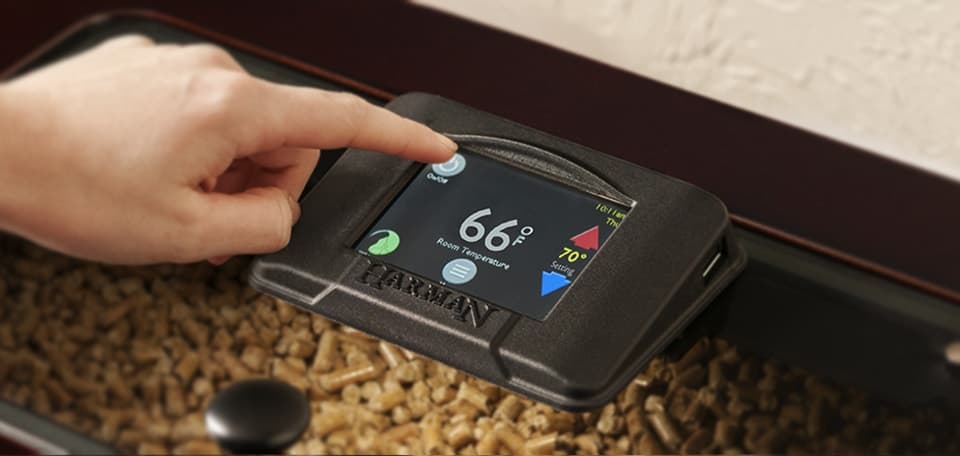
Image credit: harmanstoves.com
The control panels and electronic parts operating on pellets serve to manage temperature control feed rate and other stove operations. Electronic systems associated with modern pellet stoves require power consumption between 5 and 30 watts. Electricity use increases in sophisticated pellet stove models incorporating features like thermostats and remote controls or smart functions.
During operation, a pellet stove consumes electricity at levels ranging between 100 watts and 500 watts based on the properties of each specific model and feature set.
Calculating the Cost of Running a Pellet Stove
Calculating the cost of running a pellet stove involves considering several factors, including the price of pellets, the stove's efficiency, and the desired heating output. Here's a step-by-step guide to help you calculate the cost:
- Determine the pellet consumption rate: Check the manufacturer's specifications or user manual to find the pellet consumption rate of your stove. It is usually measured in pounds per hour (lbs/hr) or tons per season.
- Find the price of pellets: Check the current price of pellets in your area. The price is usually quoted in cost per ton or cost per bag.
- Calculate the hourly pellet usage: If the pellet consumption rate is given in tons per season, divide it by the number of hours in the heating season to get the hourly pellet usage. For example, if the stove consumes 3 tons of pellets in a season that lasts 1,500 hours, the hourly pellet usage would be 3 tons / 1,500 hours = 0.002 tons per hour.
- Determine the cost per hour: Multiply the hourly pellet usage by the price per ton or bag to get the cost per hour. For example, if the price of pellets is $200 per ton, the cost per hour would be 0.002 tons per hour * $200 per ton = $0.40 per hour.
- Consider the stove's efficiency: Pellet stoves have different efficiency ratings, typically 70% to 90%. Multiply the cost per hour by the reciprocal of the efficiency (in decimal form) to account for the stove's efficiency. For example, if the stove has an efficiency of 80%, the adjusted cost would be $0.40 per hour / 0.8 = $0.50 per hour.
- Optional: Account for other factors: If you want to consider additional costs, such as electricity usage for fans or maintenance expenses, estimate these costs separately and add them to the calculated cost per hour.
What Are the Factors Influencing How Much Electricity a Pellet Stove Uses
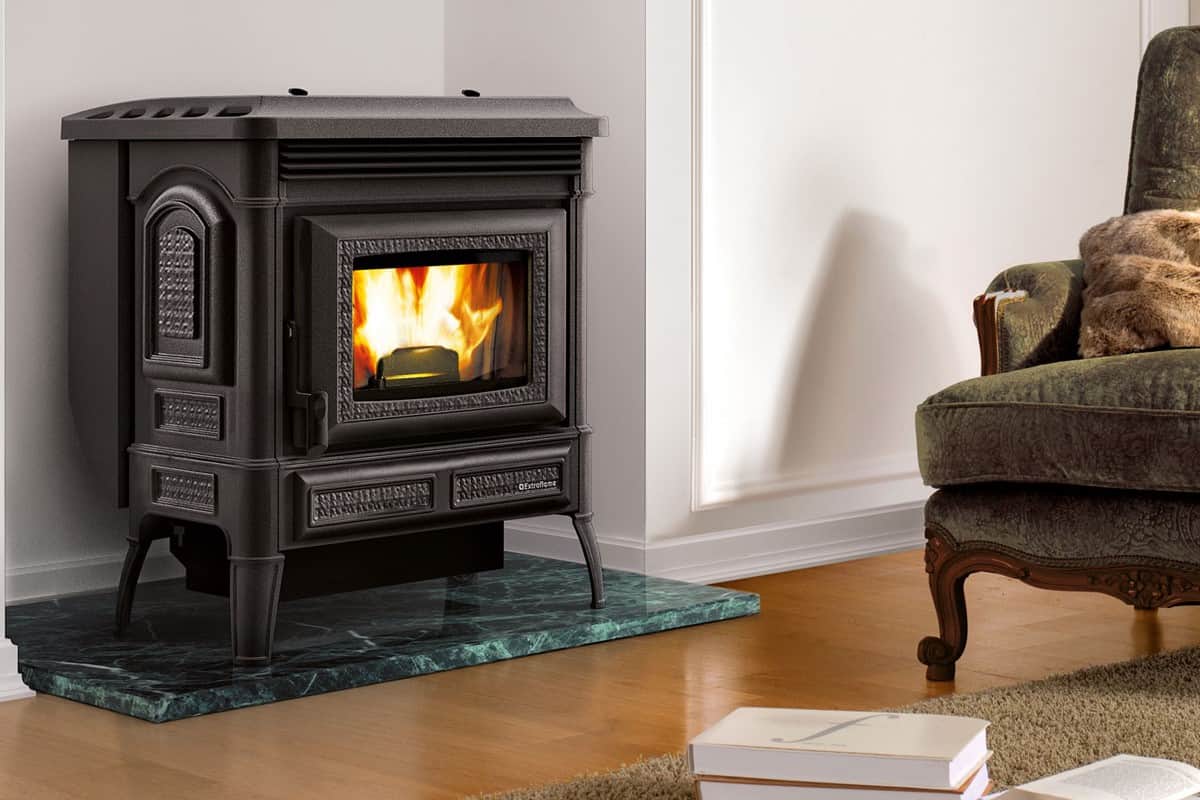
Image credit: directstoves.com
Several factors can influence the amount of electricity a pellet stove uses. Here are some key factors to consider:
1. Ignition System
A pellet stove uses an ignition system to begin the combustion process within its system. Hot surface igniters and manual ignition systems in older models waste more electricity than contemporary pellet stoves equipped with electronic ignition systems. Modern electronic ignition technology consumes less power while providing efficient pellet ignition.
2. Feed Mechanism
The pellet stove contains an automatic feeding system that carries fuel pellets between the storage hopper and the combustion fire area. The delivery of pellets occurs through augers or motors which form the mechanism. The way the feed mechanism operates directly affects the stove's electric power usage. Stoves equipped with high-quality feed systems and powerful motors require less electricity for pellet distribution.
3. Thermostat and Control System
Pellet stoves feature thermostats and control systems to regulate their operation. These systems determine both pellet feed quantity and air intake amounts as well as fan speeds and temperature level adjustments. Advanced pellet stove control systems include digital thermostats and feature-specific temperature control mechanisms. The stove monitoring systems along with automatic control functions need extra power for real-time adjustment but deliver convenience benefits to users.
4. Heat Output and Operating Levels
A pellet stove allows users to adjust heat output which controls the amount of radiation produced. The level of heat output affects fuel pellet consumption which leads to greater use of electricity for pellet distribution and combustion processes. The stove operates with less electricity when set for lower heat because it both reduces pellet feed rates and burns fewer pellets.
5. Fan Speed and Distribution
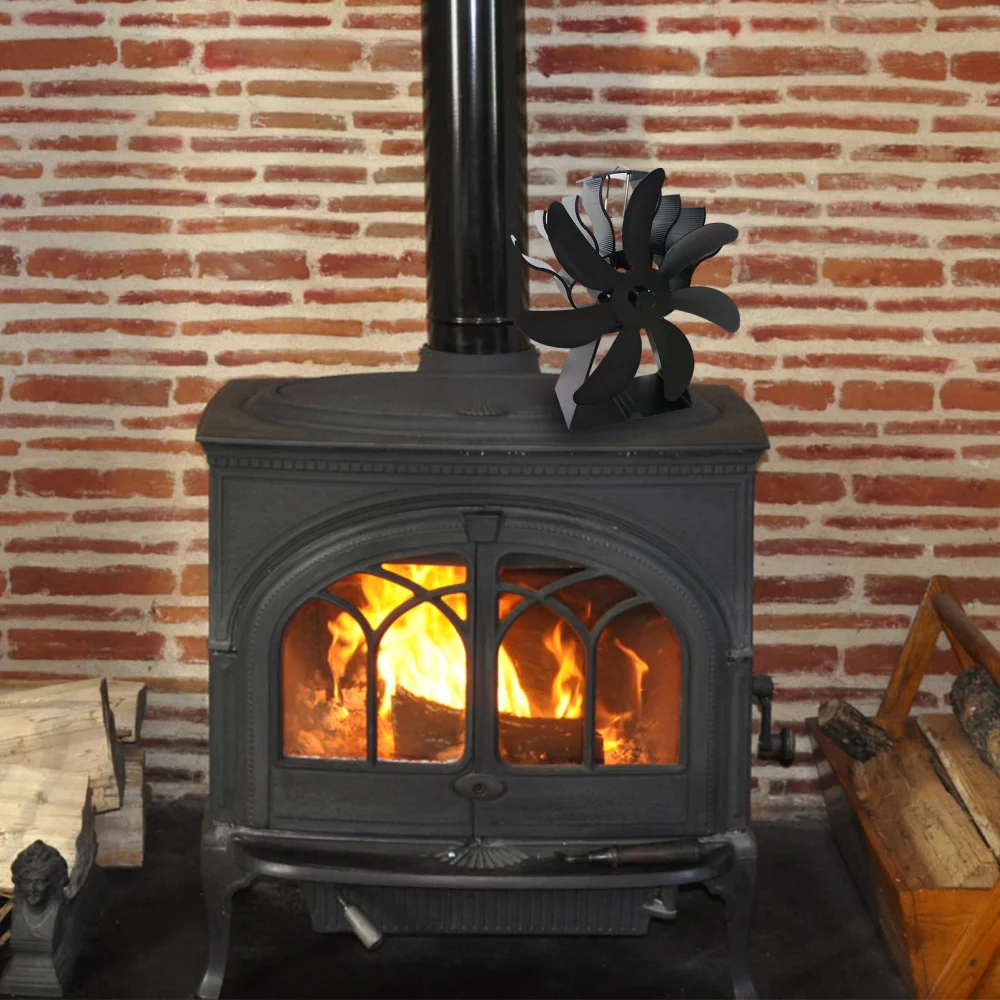
Image credit: walmart.com
Warm air distribution into the room function of pellet stoves happens through fan operation. The amount of electricity that a stove consumes depends directly on both its fan speed and the number of fans installed. Multiple high-speed fans in stoves need additional power to perform proper air circulation. Certain advanced pellet stove models include variable-speed fans that users can adjust to optimize power usage.
6. Additional Features
Some pellet stove models include additional features which improve user convenience while boosting operational efficiency. These features consisting of built-in blowers together with automatic cleaners and programmable timers result in added electricity requirements. Additional features of these devices both improve their functionality and user experience but need more electrical power to operate.
Are Pellet Stoves Energy Efficient?
Optimizing energy efficiency in pellet stoves can help reduce fuel consumption, lower heating costs, and minimize environmental impact. Here are some tips to enhance the energy efficiency of pellet stoves:
1. Select a High-Efficiency Stove
High-efficiency models need to be your priority when selecting a pellet stove to purchase. The efficiency rating shows what percentage of fuel energy transforms into usable heat. A more efficient stove design extracts maximum heat energy from pellet fuel inputs.
2. Proper Sizing and Placement
Ensure the stove is appropriately sized for the space you intend to heat. An undersized stove will work harder to meet the heating demand, while an oversized stove may operate inefficiently at lower heat levels. Also, place the stove centrally to ensure optimal heat distribution throughout the area.
3. Clean and Maintain Regularly
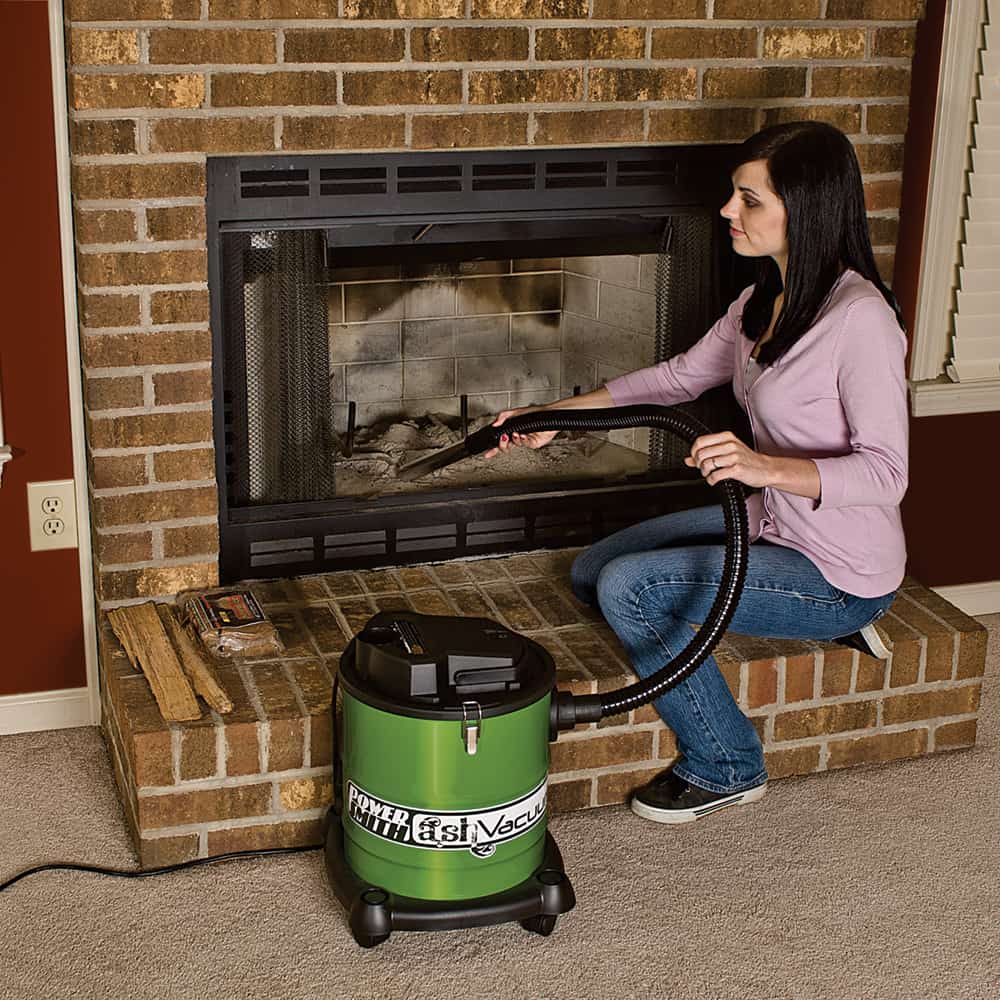
Image credit: powersmithproducts.com
Stove performance reaches its best levels through routine maintenance combined with cleaning operations. The burn pot together with its traps and heat exchanger requires periodic ash cleaning so that heat transfer remains efficient. To maintain proper airflow it is important to perform yearly maintenance of the chimney and ventilation system by cleaning away any accumulating blockages.
4. Use High-Quality Pellets
Quality wood pellets create efficient heat with reduced ash production resulting in superior heat output. Select wood pellets that are from authentic sources with limited moisture content and bear certifications from distinguished organizations.
5. Adjust the Feed Rate and Airflow
Adjust feed rate settings alongside combustion air adjustments until you achieve a suitable operating condition. The optimal feed rate combined with correct airflow results in optimal burning of pellets and clean combustion maintenance. Contact the provided instructions from your stove manual or speak to expert professionals for operational parameters.
6. Insulate and Seal
Proper home insulation and sealing can minimize heat loss, allowing the stove to work more efficiently. Ensure that windows, doors, and any other potential sources of drafts are properly sealed. Consider improving insulation in walls, ceilings, and floors to retain heat within the living space.
Frequently Asked Questions on Electric Consumption of Pellet Stoves
a) Can a pellet stove run without electricity?
No, a pellet stove typically requires electricity to operate. Pellet stoves use an electrically powered auger or motor to feed the pellets into the combustion chamber and a fan or blower to distribute the heat generated by burning the pellets. Electronic controls regulate the stove's operation, including ignition and temperature control. Without electricity, these components would not function, and the stove would be unable to operate.
b) How economical is a pellet stove?
A pellet stove offers an economical heating solution for homes. It burns small compressed pellets from renewable biomass materials such as wood waste or agricultural residues. These pellets are generally more cost-effective than fossil fuels like oil or gas. The efficiency of pellet stoves is higher than conventional wood stoves, as they can extract more heat from each pellet.
Conclusion
A pellet stove is an environmentally beneficial heating solution through an efficient operation that still demands electricity to run its parts. A pellet stove's electricity usage depends on different elements, including its model type, dimension, and equipment specifications. When operating, pellet stoves use 100 to 300 watts of electrical power, with electricity consumption fluctuating according to device specifications.
Pellet stoves use electricity yet maintain high efficiency for heat production and combustion regulation. The pellet stove energy usage assessment must include an appreciation of its emissions-reducing capabilities and benefits from renewable fuel types.














